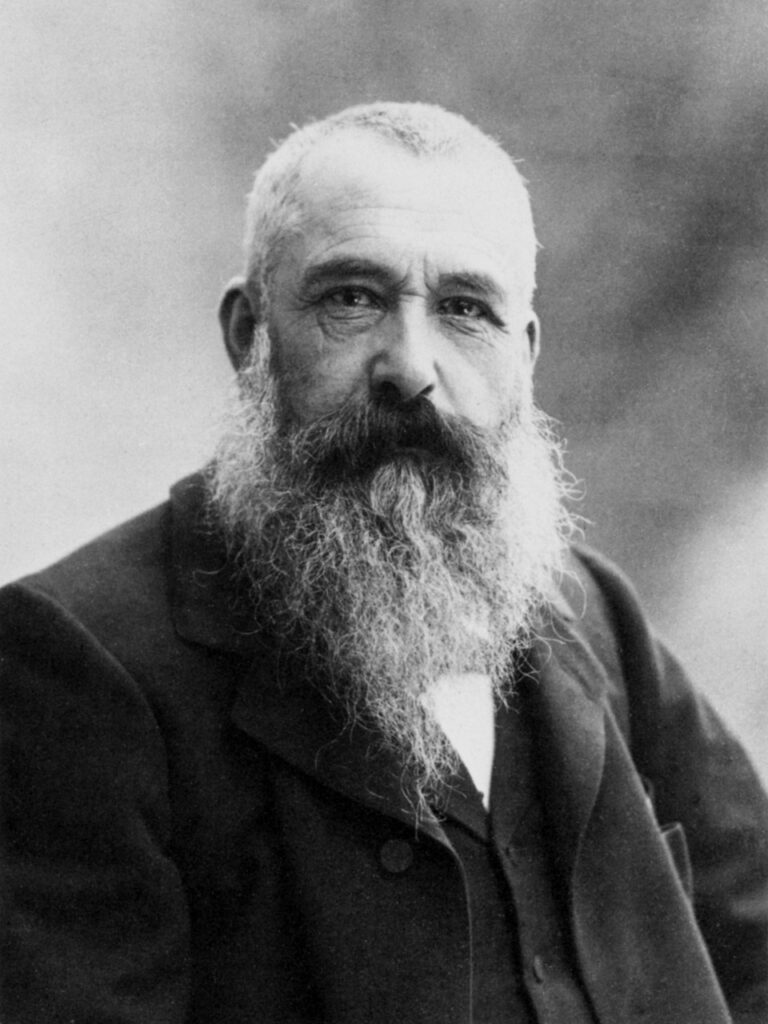Claude Monet and His Influence on Japan

Claude Monet, the founding figure of the Impressionist movement, harbored a deep admiration for Japan, which he often expressed through his art.
His fascination with Japanese culture, particularly Japanese prints, significantly influenced his work, particularly his famous series of water lilies.
Monet’s interest in Japan stemmed from his exposure to Japanese ukiyo-e prints, which he saw as a way to break free from the traditional European painting styles of the time.
1.Monet’s Relationship with Japan

Monet’s interest in Japanese art was profound.
He had a collection of ukiyo-e prints, particularly works by Hokusai and Hiroshige, which greatly impacted his approach to composition and color.
The asymmetry, simplicity, and focus on nature found in Japanese prints influenced his works, such as his Water Lilies and Japanese Bridge series.
Monet was drawn to the same elements of nature that ukiyo-e artists depicted, such as flowers, water, and the changing light of the day.
His famous water garden at Giverny, France, can be seen as an homage to Japanese gardens, blending European and Japanese artistic traditions.
2.Monet’s Popularity in Japan

Monet’s art resonated deeply with Japanese people, particularly in the early 20th century.
The Impressionist movement was seen as fresh and revolutionary, offering a contrast to traditional European realism.
Monet’s ability to capture the fleeting moments of light, nature, and time struck a chord with Japanese artists and art lovers.
His exploration of nature, especially his use of color and light, mirrored Japanese artistic ideals rooted in Zen philosophy and the transience of life.
This connection is evident in the way Japanese art has embraced Monet’s influence, from the popularization of his work in museums like the Tokyo National of Western Museum to the ongoing admiration in modern Japanese art circles.
3.Monet’s Appeal to Contemporary Japanese People

Today, Monet continues to be highly respected in Japan.
His paintings are often seen as a bridge between Western and Japanese art traditions, combining the spontaneity of Western Impressionism with a reverence for nature, which is central to Japanese aesthetics.
Monet’s work, especially his depiction of water, flowers, and natural light, resonates with Japanese ideals of impermanence and beauty.
His famous Water Lilies series, with its soft brushstrokes and serene landscapes, embodies the tranquil and meditative qualities that many Japanese people associate with their own cultural identity.
Monet’s art has also inspired contemporary Japanese artists.
For example, Yayoi Kusama’s use of repetition and pattern in her dot paintings can be seen as a nod to Monet’s focus on light and texture.
Monet’s exploration of color and atmosphere also influenced Takashi Murakami, whose bright, vivid work incorporates themes of nature and movement, echoing Monet’s impact on Japanese visual culture.
4.Conclusion
Claude Monet’s love for Japan and the influence of Japanese art on his work created a deep connection between his art and Japan.
His ability to blend Western techniques with the essence of Japanese aesthetics made him a beloved figure in Japanese art history.
Monet’s works continue to inspire admiration, fostering an ongoing dialogue between Eastern and Western art traditions.
His focus on nature, light, and ephemeral beauty mirrors the Japanese appreciation for impermanence and the fleeting beauty of the world around us.
